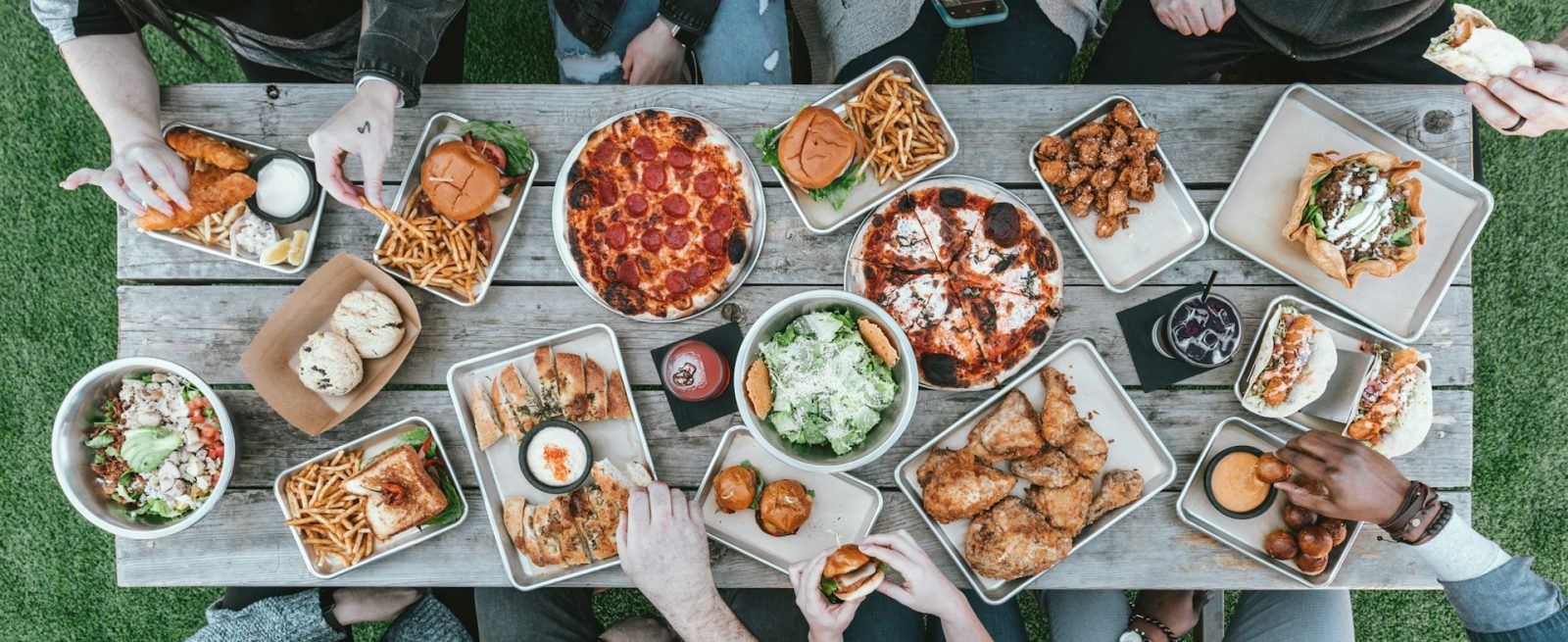MRM Research Roundup: Diner Resiliency, Automation Technology, and Egg Prices
22 Min Read By MRM Staff
This edition of Modern Restaurant Management (MRM) magazine's Research Roundup features dining trends, hiring trends, tech trends, brunch trends, alcohol trends, and egg prices. American Diner TrendsDespite a higher cost of living, the average consumer’s dining habits are unchanged. In fact, the number of consumers who dine out weekly or more often was actually up slightly from 39 percent to 42 percent, according to TouchBistro's 2025 American Diner Trends Report, surveying 1,500 diners across the country. Despite the fact that consumers are paying more to visit and order from restaurants this year – 12.5 percent more to be exact – the average consumer is increasingly willing to make room in their budget for dining and takeout, resulting in a surprisingly optimistic outlook for the restaurant industry.
Taking a closer look at the 2025 Diner Trends Report, there are major divergences in the dining habits based on demographics and income, and specific trends that…
Sorry, You've Reached Your Article Limit.
Register for free with our site to get unlimited articles.
Already registered? Sign in!

